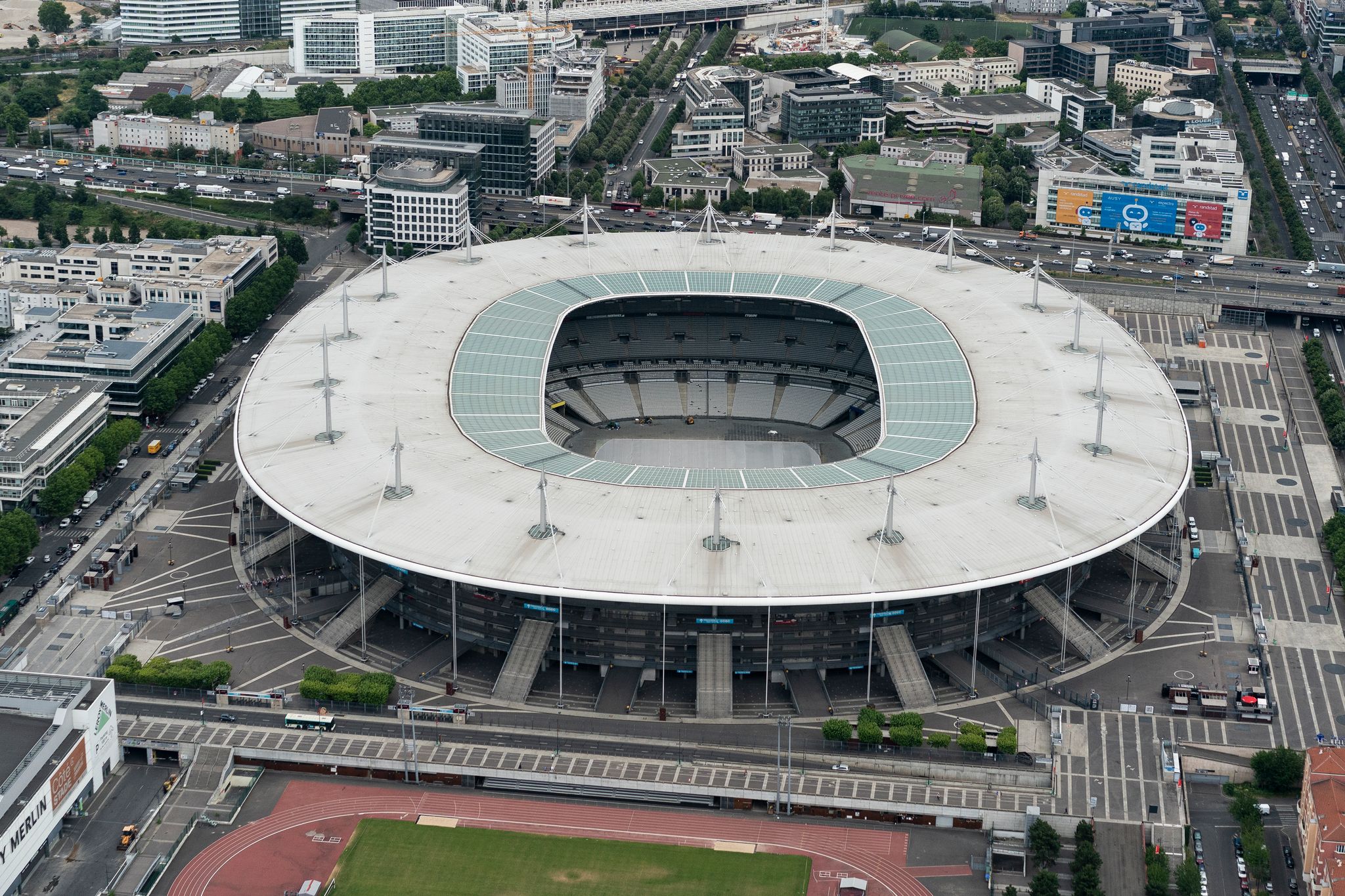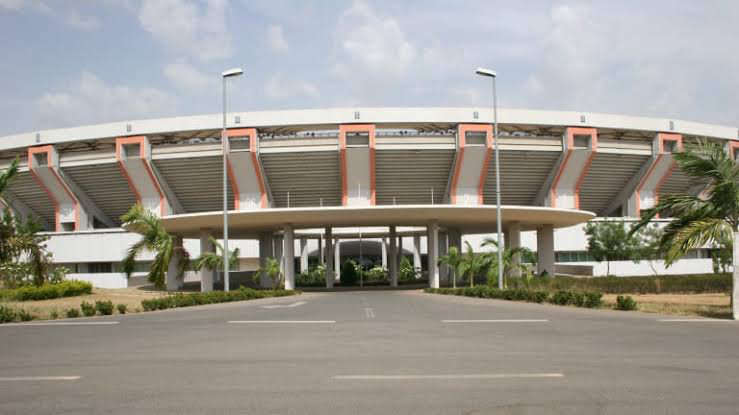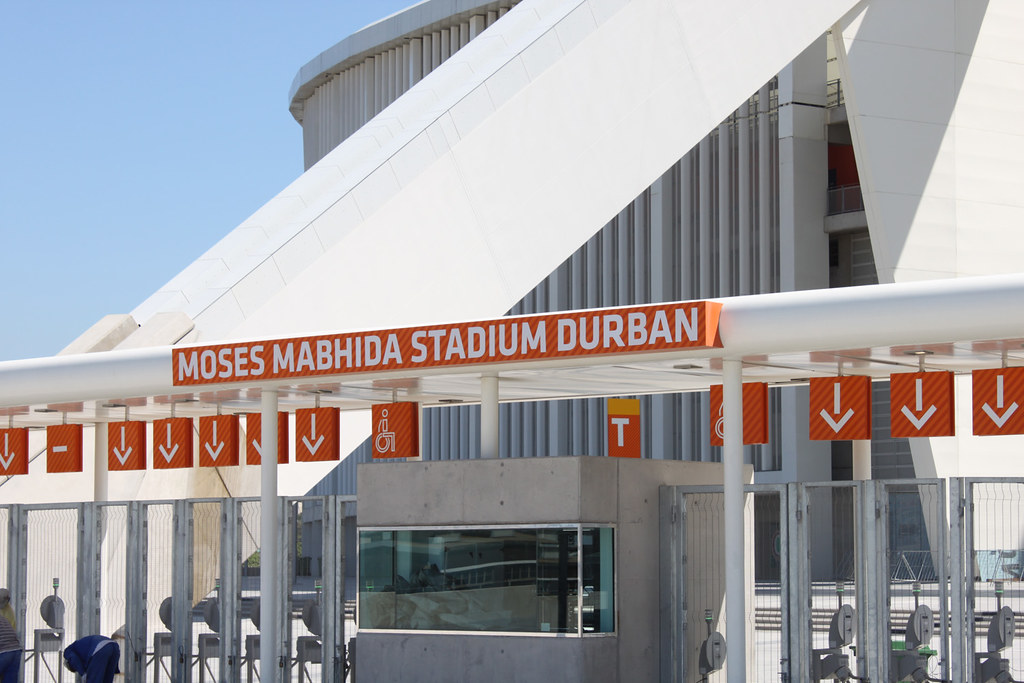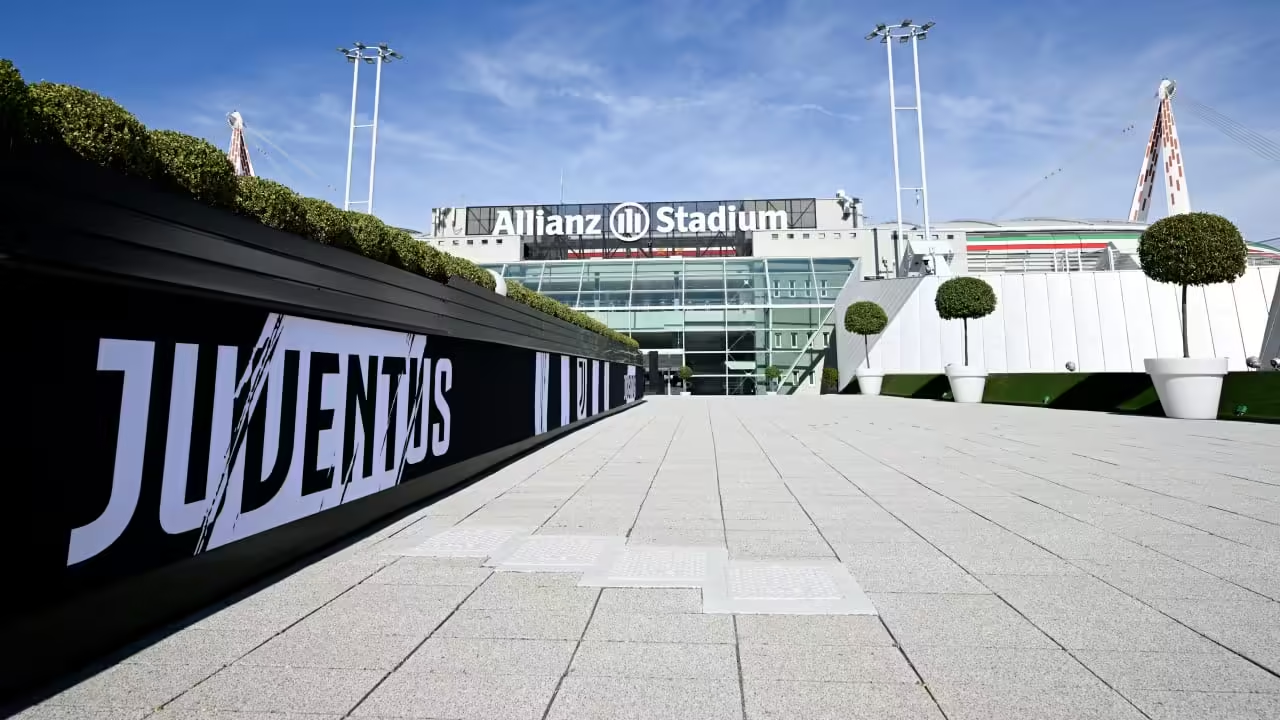Stade de France, the national stadium of France, is a symbol of the country’s sporting heritage and excellence. It has been the stage for some of the most iconic moments in sports history. The stadium’s grandeur and magnificence have made it a cultural landmark and an entertainment hub for millions of visitors from around the world.
The genesis of Stade de France dates back to the 1998 FIFA World Cup, which France hosted and won. The country needed a modern and state-of-the-art stadium to host the tournament’s opening and closing ceremonies and the final match. The stadium’s construction was a monumental feat of engineering, architecture, and collaboration between government agencies, private companies, and sports organizations. The result was a masterpiece of design and functionality that could seat over 80,000 spectators and provide them with unparalleled comfort and safety.
The Stade de France has hosted some of the most pinnacle events in sports history, including the 1998 FIFA World Cup Final, the 2003 Rugby World Cup Final, and the UEFA Euro 2016 Final. The stadium has also been the venue for numerous other sports events, such as athletics, rugby, and American football, as well as cultural and entertainment extravaganzas, such as concerts, festivals, and shows.
Key Takeaways
- Stade de France is a symbol of France’s sporting heritage and excellence.
- The stadium’s genesis dates back to the 1998 FIFA World Cup, which France hosted and won.
- Stade de France has hosted some of the most pinnacle events in sports history, as well as cultural and entertainment extravaganzas.
The Genesis of Stade de France

Architectural Marvel
Stade de France is a world-renowned stadium located in the commune of Saint-Denis, just north of Paris, France. The stadium is an architectural marvel, designed by the French architects Macary, Zublena, Regembal, and Costantini. It was built to serve as the centerpiece of the 1998 FIFA World Cup held in France. The stadium’s seating capacity of 80,698 makes it the largest stadium in France and the fifth-largest in Europe.
The stadium’s unique architecture is characterized by its elliptical shape and its transparent roof that covers the entire seating area. The roof is made of a special fabric that allows natural light to penetrate the stadium, creating a bright and vibrant atmosphere. The stadium’s design also includes a movable stand that can be retracted to create a larger playing field for athletics events.
Inaugural Ceremony
Stade de France was officially inaugurated on January 28, 1998, with a friendly football match between France and Spain. The match ended in a 1-0 victory for France, with Christophe Dugarry scoring the first-ever goal at the stadium. The stadium’s inaugural ceremony was a grand affair, attended by French President Jacques Chirac and other dignitaries.
Since its inauguration, Stade de France has hosted numerous international sporting events, including the 1998 FIFA World Cup final, the UEFA Champions League final, the Rugby World Cup, and the World Athletics Championships. The stadium has also hosted several concerts by world-renowned artists, including U2, Madonna, and The Rolling Stones.
Stade de France has become an integral part of France’s sporting heritage, representing the country’s passion for sports and its commitment to excellence. The stadium’s iconic status and its rich history make it a must-visit destination for sports fans and tourists alike.
Pinnacle Events in Sports History

FIFA World Cup Glory
Stade de France has hosted some of the most significant football events in the world. The stadium was built for the 1998 FIFA World Cup, and it was where France won their first-ever World Cup title. The tournament was a resounding success, with a total of 2,785,100 spectators attending the matches. The final match between France and Brazil was played at Stade de France, and it was watched by over 1 billion people worldwide. The stadium’s capacity of 80,000 spectators made it the perfect venue for the event.
Rugby World Cup Showdown
Stade de France has also been the venue for some of the most memorable rugby matches in history. The stadium hosted the final of the 2007 Rugby World Cup, where South Africa defeated England 15-6 in front of a crowd of 80,000 spectators. The stadium also hosted the 1999 Rugby World Cup semi-final between France and New Zealand, where France won 43-31 in a thrilling encounter. The stadium’s state-of-the-art facilities and excellent pitch made it the ideal venue for the tournament.
Athletic World Championships
Stade de France has also been a venue for major athletic events, including the 2003 IAAF World Championships. The stadium was the perfect venue for the event, with a capacity of 80,000 spectators and excellent facilities for athletes. The event saw some of the world’s best athletes compete in a range of events, including the 100m, 200m, 400m, and 800m races. The stadium’s state-of-the-art facilities and excellent track made it the perfect venue for the championships.
Stade de France has a rich history of hosting some of the most significant sporting events in the world. The stadium’s state-of-the-art facilities, excellent pitch, and capacity of 80,000 spectators make it the perfect venue for major sporting events. The stadium has played host to some of the most memorable moments in sports history, including France’s first-ever World Cup victory in 1998.
Cultural and Entertainment Extravaganza
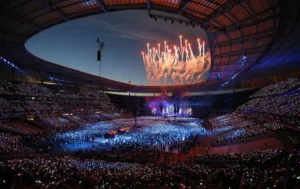
Stade de France is not only a stadium for sports, but also a cultural and entertainment hub. The stadium has hosted some of the biggest concerts and shows in the world, making it a must-visit destination for music lovers.
Concerts and Shows
Stade de France has one of the biggest stages in Europe, with a capacity of close to 100,000 seats in concert mode. The stadium has hosted some of the biggest names in the music industry, including U2, The Rolling Stones, Beyoncé, and many more. The concerts are known for their grandeur and spectacle, with the stadium’s size and state-of-the-art technology providing an unparalleled experience.
Public Engagements
Apart from concerts and shows, Stade de France also hosts public engagements such as festivals, exhibitions, and other cultural events. The stadium’s vast space and modern facilities make it an ideal venue for such events. Visitors can enjoy a range of cultural activities, from art exhibitions to food festivals, making Stade de France a perfect destination for families and groups.
In conclusion, Stade de France is not just a stadium, but a cultural and entertainment extravaganza. With its state-of-the-art facilities and vast space, the stadium has become a hub for music, art, and cultural events, attracting visitors from all over the world.
Legacy and Impact on French Sports
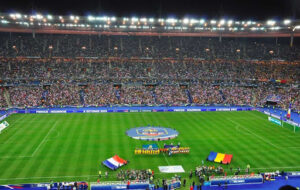
National Pride and Identity
Stade de France has become a symbol of national pride and identity for the French people. The stadium was built to host the 1998 FIFA World Cup, which France won, and since then it has hosted numerous other major sporting events, including the UEFA Euro 2016 and the Rugby World Cup. These events have helped to cement the stadium’s place in the hearts of the French people, and it has become an iconic symbol of French sports and culture.
Economic and Social Influence
The Stade de France has also had a significant economic and social impact on France. The stadium has created numerous jobs in the construction, maintenance, and service industries, and it has helped to boost the local economy in the Saint-Denis area. The stadium has also helped to promote tourism in France, as visitors from all over the world come to see major sporting events at the stadium.
In addition to its economic impact, the Stade de France has also had a social impact on France. The stadium has brought people together from all walks of life to enjoy sporting events, and it has helped to foster a sense of community and national unity among the French people. The stadium has also been used for non-sporting events, such as concerts and political rallies, further cementing its place in French society.
Overall, the Stade de France has had a profound impact on French sports, culture, and society. It has become a symbol of national pride and identity, and it has helped to boost the local economy and promote tourism in France. The stadium has also brought people together and fostered a sense of community and national unity among the French people.
Frequently Asked Questions
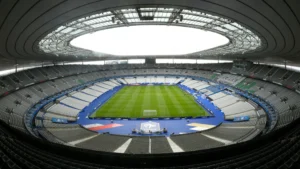
What historical events has the Stade de France hosted?
The Stade de France has hosted numerous historical sporting events, including the 1998 FIFA World Cup, where France won the World Cup Final against Brazil. Since then, the stadium has hosted other prestigious sporting events such as the UEFA Euro 2016, Rugby World Cup, IAAF World Championships, and Champions League finals. The stadium has also hosted major concerts by renowned artists such as Madonna, U2, and The Rolling Stones.
How does the Stade de France contribute to France’s sporting culture?
The Stade de France is an iconic stadium that has become an integral part of France’s sporting culture. It has hosted some of the most significant sporting events in the world and has been the stage for many memorable moments in French sporting history. The stadium has also been the venue for numerous cultural events, including concerts and festivals, which have helped to promote French culture and tourism.
What are the seating capacities and facilities of the Stade de France?
The Stade de France has a seating capacity of 80,698, making it the fifth-largest stadium in Europe. The stadium has world-class facilities, including 110 private boxes, 16 VIP lounges, and a variety of restaurants and bars. The stadium also has a museum that showcases the history of the stadium and the events it has hosted.
Can you describe the architectural significance of the Stade de France?
The Stade de France is a significant architectural landmark in France. The stadium was designed by the French architect Michel Macary and the structural engineer Aymeric Zublena. The stadium’s unique elliptical shape and retractable roof make it a masterpiece of modern architecture. The stadium’s design has won numerous awards, including the prestigious Aga Khan Award for Architecture.
What major tournaments will the Stade de France host in the future?
The Stade de France will be one of the main venues for the Paris 2024 Summer Olympics. The stadium will host the opening and closing ceremonies, as well as track and field events. The stadium will also host the 2023 Rugby World Cup final.
How is the Stade de France accessible to international visitors?
The Stade de France is easily accessible to international visitors. The stadium is located in Saint-Denis, a suburb of Paris, and is well connected by public transport. Visitors can take the metro, RER, or bus to reach the stadium. The stadium is also easily accessible by car, with ample parking available on-site. The stadium’s website provides detailed information on how to reach the stadium and the various transport options available.
Other Stadium Articles:
Check Out: San Siro: Italy’s Iconic Shrine to Sporting Greatness – A Tale of Football Majesty
heck Out: Luzhniki Stadium: Moscow’s Monument to Sporting Heritage and Historic Triumphs
Check Out: Borussia Dortmund’s Fortress: A Chronicle of Passion and Triumph at Signal Iduna Park
Check Out: Santiago Bernabéu: The Citadel of Galácticos – Real Madrid’s Eternal Home of Football Brilliance
Check Out: Wembley Stadium: Echoes of Glory – A Timeless Icon in London’s Sporting Tapestry
